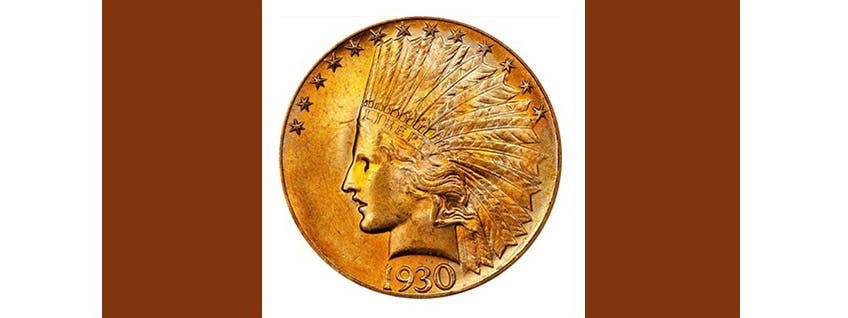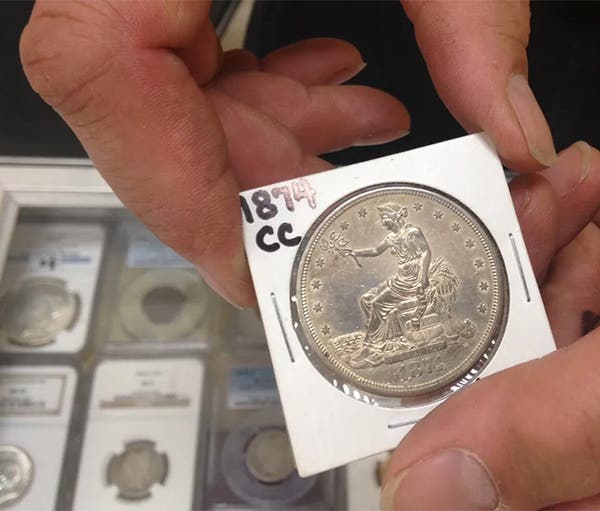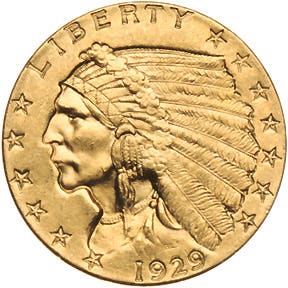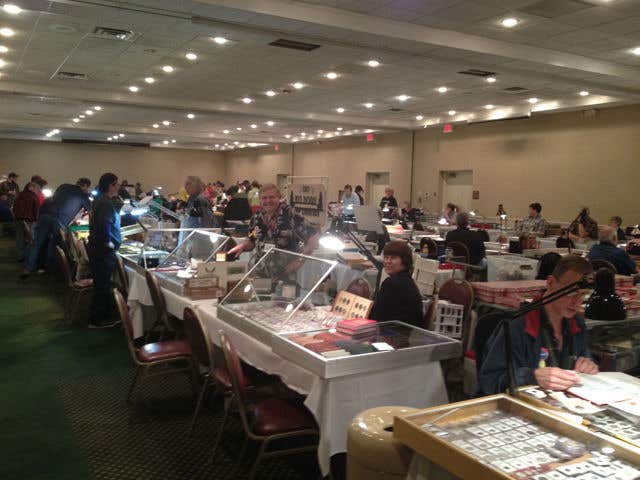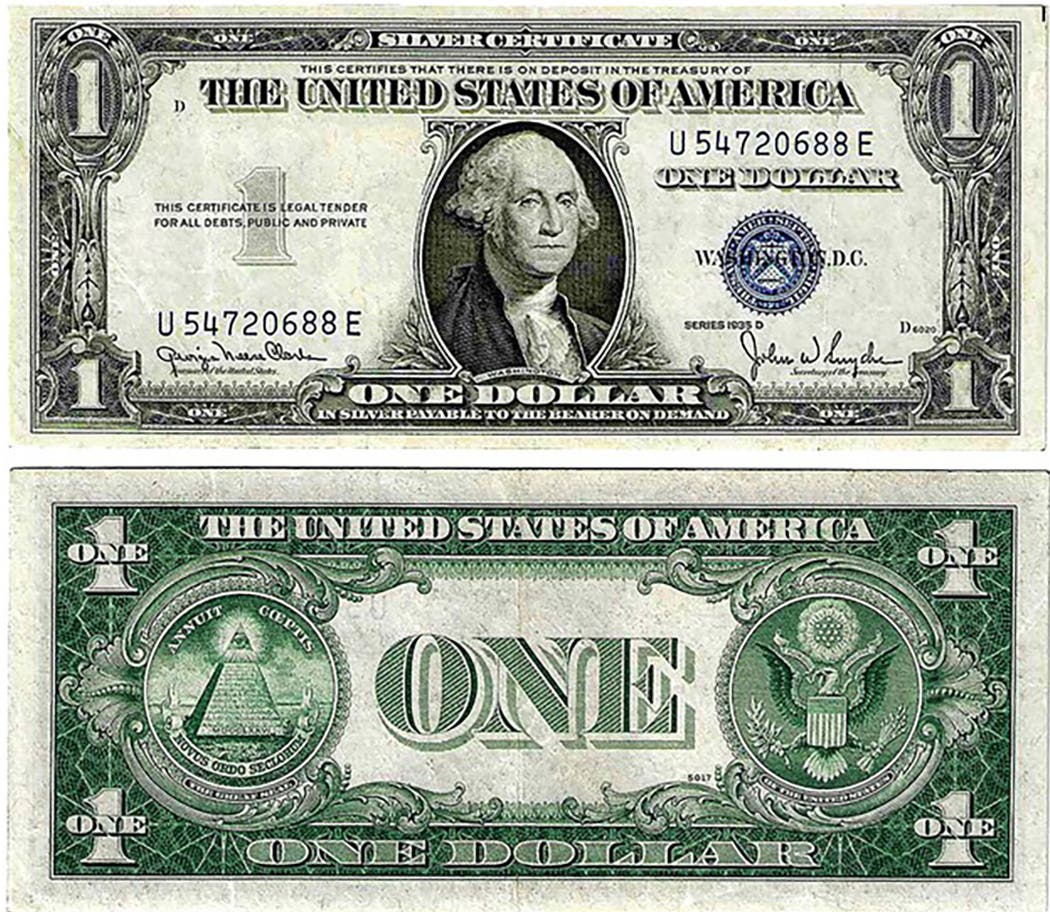State of Louisiana seized New Orleans Mint
I know that the New Orleans Mint struck for both the federal and Confederate governments, but wasn’t there a third entity? The third was the State of Louisiana, which seized…
I know that the New Orleans Mint struck for both the federal and Confederate governments, but wasn’t there a third entity?
The third was the State of Louisiana, which seized the New Orleans Mint on Feb. 1, 1861. It was turned over to the Confederate government in April, after striking 1,240,000 half dollars and 9,750 double eagles. Four Confederate halves were struck before the machinery was sabotaged. The mint closed in June 1861, not to reopen until 1879.
When did Congress pass the law authorizing commemorative coins?
There never was a single law. Each of the commemoratives required individual enactments. As a result, the various commemorative laws often included specific exceptions to the then-current regulations, such as those requiring various designs, mottoes, and legends.
What is a “bar” nickel?
It was a popular collectible in the 1960s after nearly a hundred 1960-D nickel dies broke in use, with the die breaks occurring between the rim and the tops of the letters in “LIBERTY” and the digits in the date. They are known for several other years as well and with up to seven “bars” on a single coin. You can still find these in circulation.
Who was the founder of the American Numismatic Association?
The ANA was founded in 1891 by Dr. George F. Heath He issued a pamphlet titled “The Numismatist” in 1888. Heath held membership No. 1 on the ANA rolls. It is now the world’s largest numismatic association with some 28,000 members.
Was there any precedent for President Ford pardoning President Nixon?
In an Amnesty Proclamation dated Dec. 25, 1868, President Andrew Johnson in effect pardoned the leaders of the Confederacy. This was despite efforts to impeach him, which failed by a single vote. Johnson went ahead and issued it, effectively stopping the “war crimes” trial of Confederate President Jefferson Davis, even though Johnson had already been defeated for re-election.
Who was the “Duke of Veragua?”
Few collectors know the man by that name, although his face – or a presumed likeness – has appeared on the coins and notes of a number of countries. He liked to call himself “Admiral of the Ocean Sea,” which may be more familiar, but he’s down in the history books as Christopher Columbus.
What can you tell me about a 1970-S cent with a small zero in the date?
There actually is such a minting variety. However, it doesn’t fall in the class that some have tried to assign it. It was not a case of a small zero punch; it actually was the result of a heavily abraded die, which is too common to have any collector value.
E-mail inquiries only. Do not send letters in the mail. Send to Giedroyc@Bright.net. Because of space limitations, we are unable to publish all questions.
This article was originally printed in Numismatic News Express. >> Subscribe today
If you like what you've read here, we invite you to visit our online bookstore to learn more about Standard Catalog of World Coins, 1801-1900.


